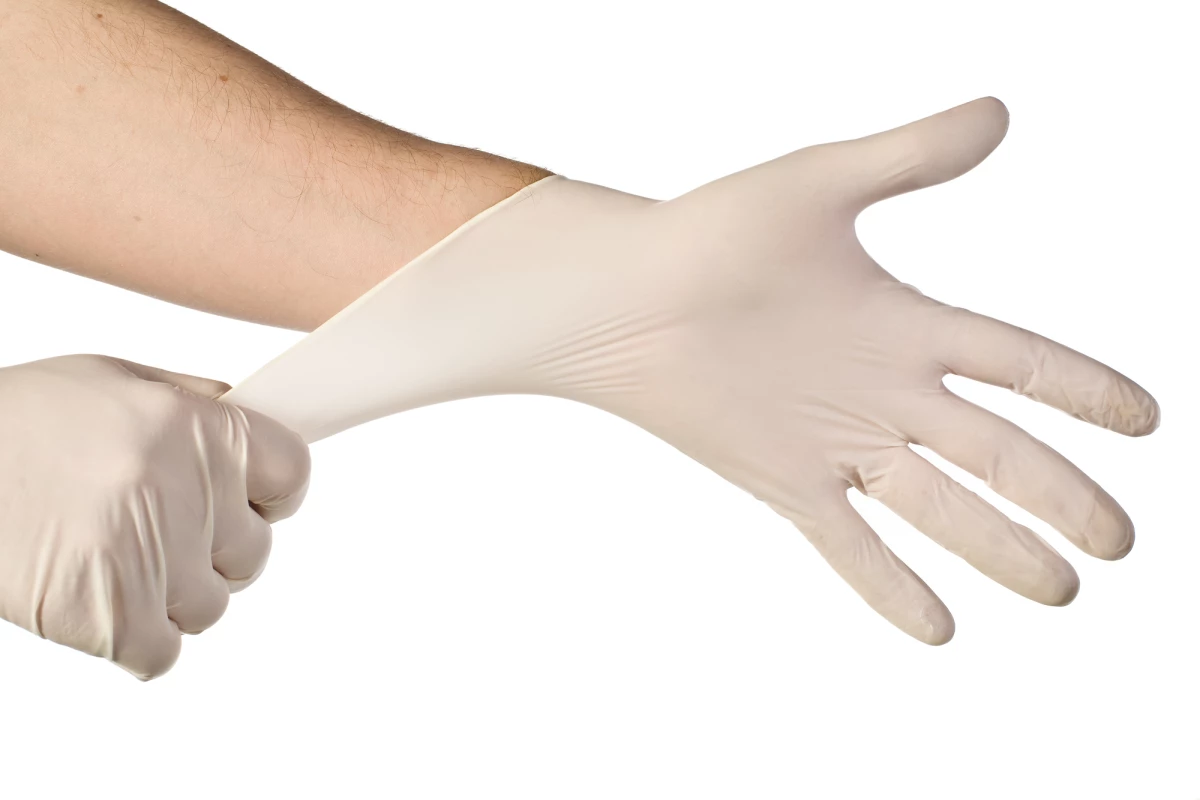Scientists have made the surprising discovery that some mammals can absorb oxygen through their intestines. The team experimented by administering oxygen enemas in a gas or liquid form to mice, rats and pigs, and found that they could survive much longer in a low-oxygen environment. The find could eventually open up an alternative treatment for patients suffering respiratory failure.
Certain aquatic species, such as sea cucumbers, loaches and catfish, are known to be able to survive longer in low-oxygen waters by turning to an unorthodox alternative – effectively breathing through their butts. Specifically, the distal gut allows for gas exchange, which can provide additional oxygen to the bloodstream in a pinch.
But could that also work for other animals? Whether or not oxygen could reach the bloodstream from the intestines in mammals was the question at the heart of the new study conducted by researchers at the Tokyo Medical and Dental University and the Cincinnati Children’s Hospital Medical Center.
“The rectum has a mesh of fine blood vessels just beneath the surface of its lining, which means that drugs administered through the anus are readily absorbed into the bloodstream,” says Ryo Okabe, first author of the study. “This made us wonder whether oxygen could also be delivered into the bloodstream in the same way. We used experimental models of respiratory failure in mice, pigs and rats to try out two methods: delivering oxygen into the rectum in gas form, and infusing an oxygen-rich liquid via the same route.”
In the first tests, the team delivered pure oxygen gas to the rectums of mice, then exposed the animals to a low oxygen environment. And sure enough, three out of four test mice survived the 50-minute test, in contrast to the control group, of which no members survived the test, with the median survival time being 11 minutes.
But there’s a catch – this result requires some abrasion of the surface of the intestine, in order to help the oxygen gas pass through. Without this step, mice receiving rectal oxygen treatment only had a median survival time of around 18 minutes in a low-oxygen environment, not much longer than those without.
That caveat alone could be enough to prevent the technique from ever finding clinical relevance, so the researchers also investigated giving the animals enemas of perfluorodecalin (PFD), a liquid rich in oxygen. Importantly, this doesn’t require intestinal abrasion, and is already used to help speed up wound healing or preserve tissues and organs longer.
The animals were then tested in a chamber with oxygen levels only 10 percent of the usual atmosphere – not a lethal environment, but one that can induce hypoxia. The test mice were able to walk four times further in the chamber than the control group, and monitoring showed that more oxygen was reaching their hearts and circulating through their bodies. Mice given the PFD enemas were able to stave off hypoxia symptoms for the duration of the hour-long experiment.
In the next test, the team moved up to pigs, and found similar results. The rectal oxygen infusion improved their oxygen levels, as well as the color and coldness of their skin associated with hypoxia.
There are, however, a few key questions raised by the study. The main one, of course, is why such a roundabout route would ever be required when respirators are much more direct? But the team says that it could be delivered in an emergency, when respirators aren’t available or a patient has suffered respiratory failure and can’t get enough oxygen through their airways. A rectal liquid oxygen infusion could stave off hypoxia long enough for other treatments to be administered.
Other concerns that need to be investigated include what effects the treatment may have on the gut microbiome – after all, many of the important bugs there are used to a very low oxygen environment. The team says that no side effects were reported in the test animals, but further study will need to be conducted.
"The level of arterial oxygenation provided by our ventilation system, if scaled for human application, is likely sufficient to treat patients with severe respiratory failure, potentially providing life-saving oxygenation,” says Takanori Takebe, senior author of the study. "Although the side effects and safety need to be thoroughly evaluated in humans, our approach may offer a new paradigm to support critically ill patients with respiratory failure.”
The research was published in the journal Med.
Sources: Tokyo Medical and Dental University via Scimex




